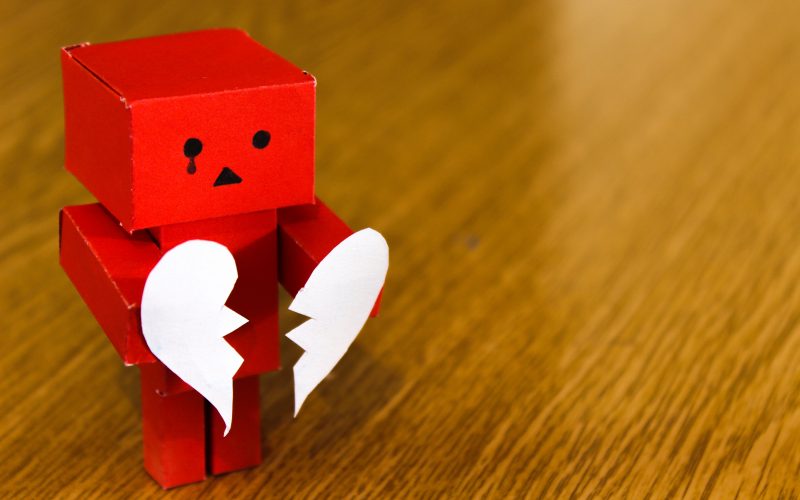
Failure is one of those topics where there’s a big gap between knowing and doing. Rationally we know that it’s OK if we’re doing our best, to fail, because by failing we learn valuable lessons that lead us to success in the future.
Yet, failure is not rational. Failure is highly emotional. Remember the last time that you failed at something that was important to you. How did it feel? Most likely it felt horrible. I know that if I’ve failed badly I can’t bear to talk about it and dissect it until a bit of time has passed and the pain has resided.
However, it’s the ability to talk about the failure when you are still feeling it that has the potential to lead to the biggest learning. Like with many things it’s easier said than done, you need to have people to talk to in confidence and work in an environment where you don’t fear the repercussions of failure.
Here are my 7 tips for making failure your friend
1 Work on reframing your mindset on how you view failure. It’s not the enemy to be avoided. If treated with respect, failure can be your friend.
2. Tell stories of the failures in your organisation to help others learn. Tell stories to your customers, supporters and internal teams. The learning from failure is more readily remembered and more importantly implemented as a story than facts and figures.
3. Set a BHAG. A Big Hairy Audacious Goal. This goal works best when it is organisation wide, however, if setting the organisation’s BHAG is not in your remit set your team one – or set an individual one. Setting a BHAG forces you to think differently. If your goal is to double sales you approach the task very differently than if your goal is to increase sales by 5%. A BHAG also shifts expectations. You are all working to smash your BHAG, however, if you fall short, it’s highly likely that you will have done better than the 5% incremental change.
‘Shoot for the moon. Even if you miss you’ll land amongst the stars’ Oscar Wilde
4. Give yourself and your team permission to fail. This is also easier when you have a BHAG. You can’t just tell people they have permission, you have to lead by example. For example, you might share learning from failure as a regular agenda item at team meetings. Everyone should have something to share, after all, if no one is learning from failure they are not pushing themselves hard enough to reach that BHAG. BHAG’s don’t just achieve themselves.
5. Go for a walk. The single best way I’ve found to clear my head, think straight and be more creative is to go for a walk. It can help you think through problems or walk and talk with a friend or colleague to talk through problems.
6. Hindsight, the ability to understand an event or situation only after it has happened is a great thing. If I could choose a superhero power I’d be ‘Hindsight Hero’. EVERYTHING is easier with hindsight but we don’t have a crystal ball so the best we have is learning from failure. Your learning from failure is someone else’s hindsight – but only if you’re brave enough to share it.
7. Back to mindset. Start to frame problems in a more positive way. Rather than ‘This doesn’t work’ or ‘We tried that and it didn’t work’ ask ‘How might we make this work?’
If you’re serious about creating an environment in your team where learning from failure happens, get in touch. I run workshops and training to help build team confidence and trust and create the hindsight for the next time. Drop me a line at lucy@lucidity.org.uk.
